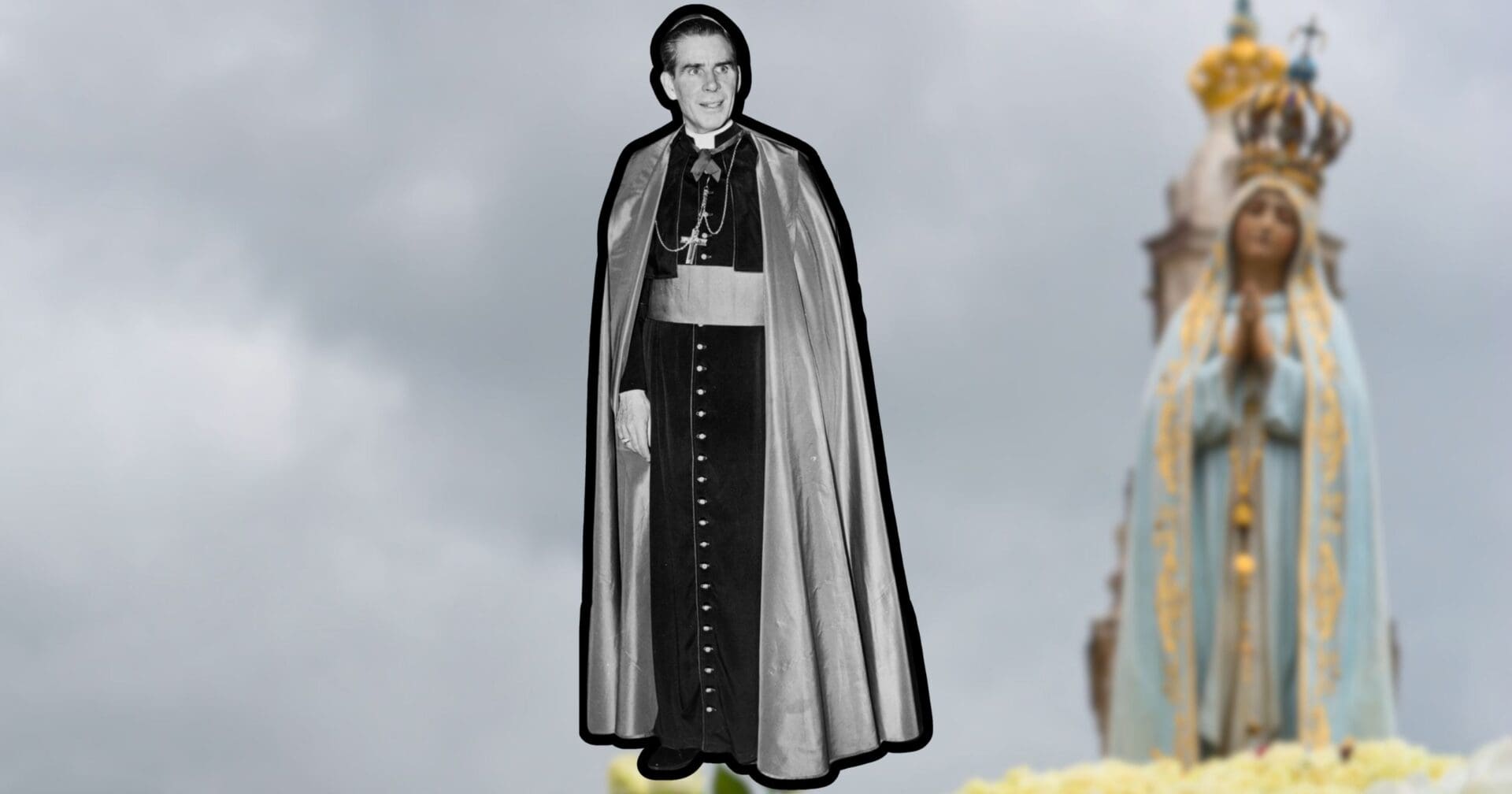The miraculous event of Our Lady of Fátima holds a significant place in the chronicles of the Catholic Church.
In 1917, in the small village of Fátima, Portugal, three shepherd children witnessed apparitions of the Blessed Virgin Mary. These appearances, along with the prophecies and miracles associated with them, led to Fátima becoming a significant pilgrimage site. But why did Mary choose Fátima? The answer provided by Venerable Fulton J Sheen offers a fascinating perspective, linking the event to a historical and interfaith dialogue.
According to Sheen, the selection of Fátima was not a mere coincidence. He believes that Mary’s appearance there holds a deeper significance, especially concerning the Moslem (Muslim) community. He writes, “I believe that the Blessed Virgin chose to be known as ‘Our Lady of Fatima’ as a pledge and a sign of hope to the Moslem people.” The name ‘Fatima’ itself has historical roots in Islamic culture, being the name of the daughter of the Prophet Mohammed.
Delving further into history, Sheen recalls that Muslims once occupied Portugal for centuries. And when they were driven out, a unique love story emerged: Fatima, a Muslim chief’s daughter, fell in love with a Catholic boy. For love, she not only stayed in Portugal but also embraced Christianity. Her enamored husband renamed their town in her honor as ‘Fatima.’
Sheen also emphasizes the warm reception given by Muslims in various parts of the world to the Pilgrim statue of Our Lady of Fatima. He notes the incredible scenes in Mozambique, where unconverted Muslims began embracing Christianity upon the erection of the statue.
For Sheen, the devotion the Muslims show to Mary presents a bridge for interfaith dialogue and eventual acceptance of Christ. He notes, “Mary is the advent of Christ, bringing Christ to the people before Christ Himself is born.” Emphasizing the strategic importance of starting with familiar ground, Sheen believes that building upon the Muslims’ already existing reverence for Mary can be a pathway to bring them closer to Christ.
Furthermore, Sheen cites the 41st chapter of the Koran, arguing that it was derived from the Gospel of Luke, and that Mary’s unparalleled position in both religions can be a focal point for dialogue.
Concluding his thoughts, Sheen beautifully articulates, “The Moslems should be prepared to acknowledge that, if Fatima must give way in honor to the Blessed Mother, it is because she is different from all the other mothers of the world and that without Christ she would be nothing.”
In essence, for Venerable Fulton J Sheen, the apparition at Fátima isn’t just a pivotal event in Catholic history, but it’s also a bridge of hope and dialogue for a world deeply in need of unity.
Source: here















